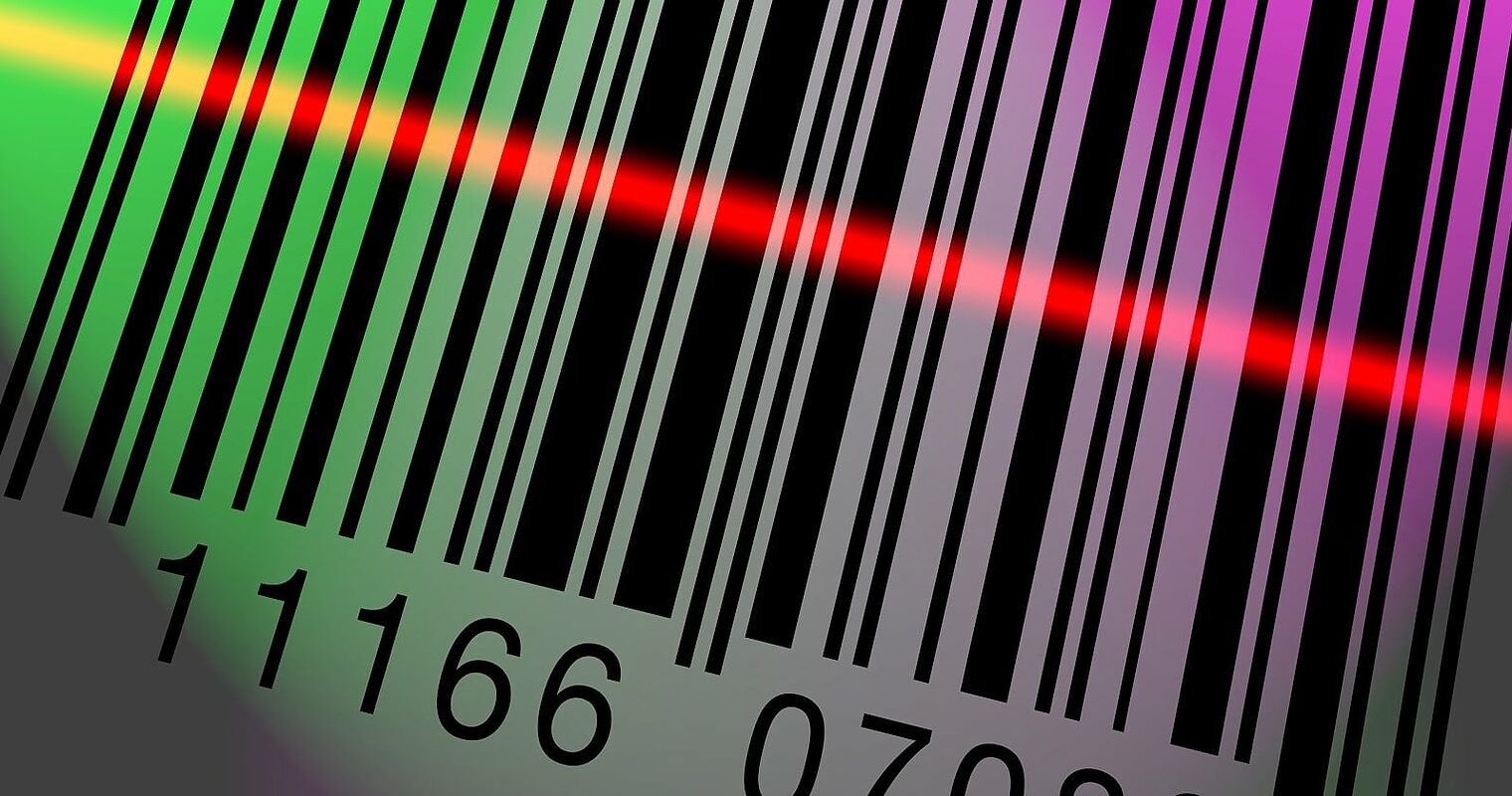The Universal Product Code is a 12-character code that provides a unique identifier for each product. UPC barcodes were originally designed to help grocery stores speed up the checkout process and track their inventory more efficiently, but soon began being used for other retail products as well.
The UPC code contains the manufacturer identification number (first six digits), an item number (second five digits), and a check digit (last digit). Manufacturers have the responsibility to make sure each item number is unique.
Price Determination: how Does it Work?
It is a misconception that a barcode contains the price; at checkout, the barcode is scanned and a register transmits the UPC data to a POS (point of sale) computer which looks up the number and retrieves the current price of the item. By doing so, stores can set their own price for a product and make price changes as needed.
UPC Barcodes: How to Get Them
1) In order to create a barcode, you need a manufacturer’s identification number, which will serve for the first six digits of the code. You can obtain this from the GS1, which will serve as your Barcode number. A unique item number or product number will then need to be assigned to each of your products. UPC barcodes are generated based on a formula derived from the previous eleven numbers. It goes like this:

- Multiply three times the sum of all odd-numbered digits
- Add all digits from even to odd
- Put both sums together
- You will check by rounding to the nearest multiple of 10 using the check digit. In the example above, your numbers add up to 66 + x which equals 70, where x is the check digit and 70 represents the closest multiple of ten. A check digit of 4 would be appropriate in this case.
2) Once you’ve determined the check digit, assigned your product numbers, and received your assigned UPC number, the barcode image itself is needed. For an easy way to create barcodes, look into barcode label making software.
3) Once you have collected all of your information and barcode images, you will have to print the barcodes onto labels, and then adhere them to your product. It is highly recommended that you use a direct thermal or thermal transfer barcode printer if you plan to sell a lot of your product.
Understanding the Potential Limitations of Single UPCs
Online third-party vendors selling single UPC barcodes for $5 are available. Please be aware that these companies operate independently. Retailers tend to not accept their numbers, while unsuspecting new companies are preyed upon by online websites. If you purchase “UPC codes” anywhere but from GS1, you run the risk of being rejected by retailers. GS1 Company Prefixes are not required by all retailers and online marketplaces. The UPC barcode will not be accepted by any large retailer if you plan on selling to them in the future. It is very important to identify the product correctly!


/close-up-of-bar-codes-studio-shot-156854339-5769aae55f9b58346a431a16.jpg)


